Prams, pushchairs, buggies, travel systems and strollers – what’s the difference? Choosing the perfect one to keep your little one secure and comfortable on the move can be a daunting task. So, where to start?
At My Buggy My Car we have created this guide to simplify the jargon and help you to choose the right buggy for your baby or toddler…
Will the buggy fit in my car?
Our online tool will tell you whether your Buggy should fit in your Car Boot and in what position or orientation it will fit, find out here.
Pram
A pram includes a carrycot, a light portable cot that attaches to a wheeled frame that allows a baby to lie-flat. It’s believed that new born babies need to lie flat in a pram to help with lung development, breathing, and spinal development so a pram should be used for the first 6 months.
Most prams come with a detachable carrycot, so that it can replaced with a buggy seat, so that they can be used first as a pram, then as a buggy when your little one can sit up unaided.
Prams can be big & bulky, the chassis (frame) may fold down but most pram units don’t and as a result, they can be a nuisance to store.
Travel System
A Travel system is a type of pushchair that is compatible with a rear facing car seat and usually a carrycot. The car seat and carrycot can both be clicked in and out of the pushchair. They offer multiple functions in one and make it easier to transport sleeping babies without disturbing them too much.
A Travel System can be a pricey outlay, but it means you don’t need to buy a separate car seat and buggy and it should last from birth well into the toddler years.
3-Wheeler Buggy
A 3-wheeler buggy has one wheel at the front and two at the back of the chassis. The front wheel is free to swivel or can be locked, so that the buggy goes in a straight line.
A 3-wheeler is generally easier to steer and manoeuvre, but some can be wide and bulky, especially those designed for off-road use.
Standard 4-Wheeler Buggies
Standard buggies vary enormously in their design and also in price but most 4-wheeler buggies are suitable from 6 months but some do also have a lie flat option which are suitable from birth.
Rear and Forward-Facing Buggy
A buggy can have a reversible seat unit, so you can have your baby facing forwards or rewards, otherwise known as ‘parent facing’.
A parent facing buggy means you can watch your little one carefully, keeping a close eye on them and enjoy interacting with your little one. Some parents therefore prefer parent facing particularly when their baby is young. However, as your little one matures from a baby into a toddler, they may enjoy being in a forward-facing buggy so that they can see the world around them.
A forward facing only buggy can be cheaper, lighter and easier to fold away and store.
Lightweight or Compact Buggy
A lightweight buggy or stroller tends to be smaller, lighter and easier to fold away and store than a standard buggy. They’re ideal to use when travelling or for using on public transport. A lightweight buggy can weigh less than 6kg and usually folds down easily into a compact package. They are typically designed for toddlers, although increasingly you can find good ones suitable for newborns up.
A compact Lightweight buggy doesn’t always provide the most comfortable ride for your little one.
Take a look at our favourite lightweight buggies here
Jogging Buggy
A jogging buggy is one that is specifically designed for exercising with. They have larger wheels than a standard buggy and good suspension. A jogger buggy isn’t suitable for use with a baby under 6 months because it doesn’t offer enough support for your baby’s head and neck.
A jogging buggy can be heavy and bulky, and some can’t be folded without removing the wheels.
Take a look at our favourite jogging buggies here
All Terrain Pushchair (ATP)
All-terrain pushchairs are larger than a standard buggy and feature pneumatic tyres and good suspension allowing you to take your baby to places that are impossible for standard pushchairs to travel on, for example at the beach or in muddy fields while still giving them a comfortable, smooth ride.
However, they are larger, heavier and wider than standard pushchairs making it difficult to get in and out of small shop doors or houses.
Twin Buggy
A twin buggy transports two children side by side. It is the perfect option for parents with twins or a baby and a toddler. A twin buggy may have a reclining mechanism in each seat, so you can independently operate each seat. In a twin buggy both children face outwards and can enjoy looking around.
Most twin buggies are quite wide, so if you do decide to buy a twin buggy, check the width of your front door first!
Tandem Buggy
A tandem buggy transports two children but has one seat in front of the other, or one seat stacked below the other. A tandem can usually carry two toddlers or a toddler and a newborn. The tandem style is popular because it is easier to fit through narrow spaces than a twin.
Tandem buggies can be very long making it hard to steer and to store.
Price Comparison!
Remember, you can find the latest prices for buggies across the entire UK market using our price comparison tool here.
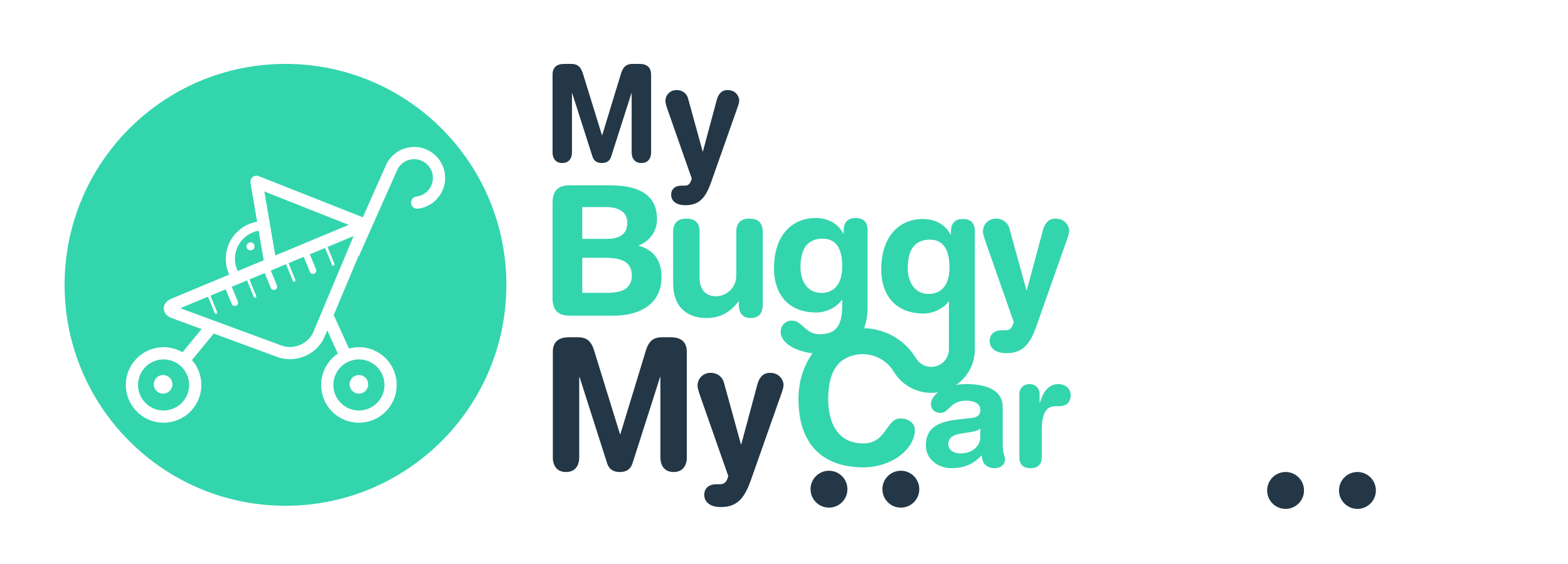
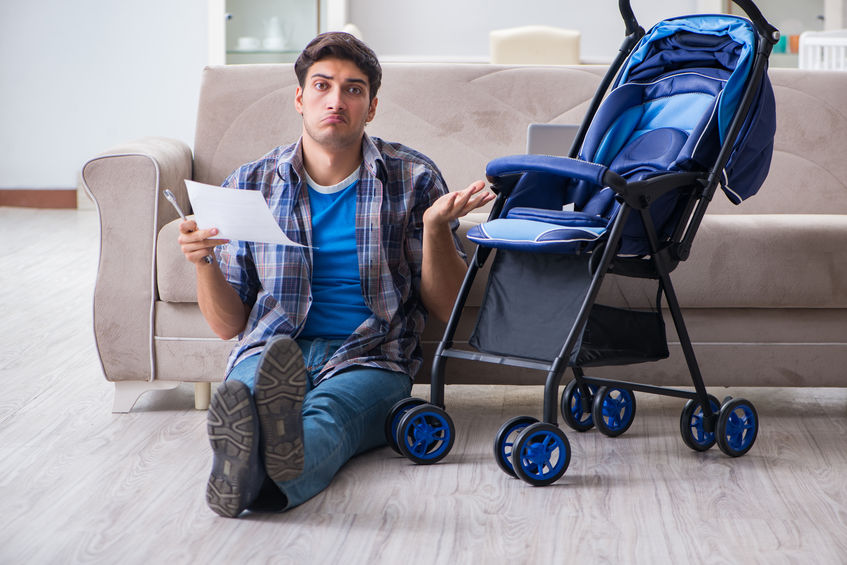

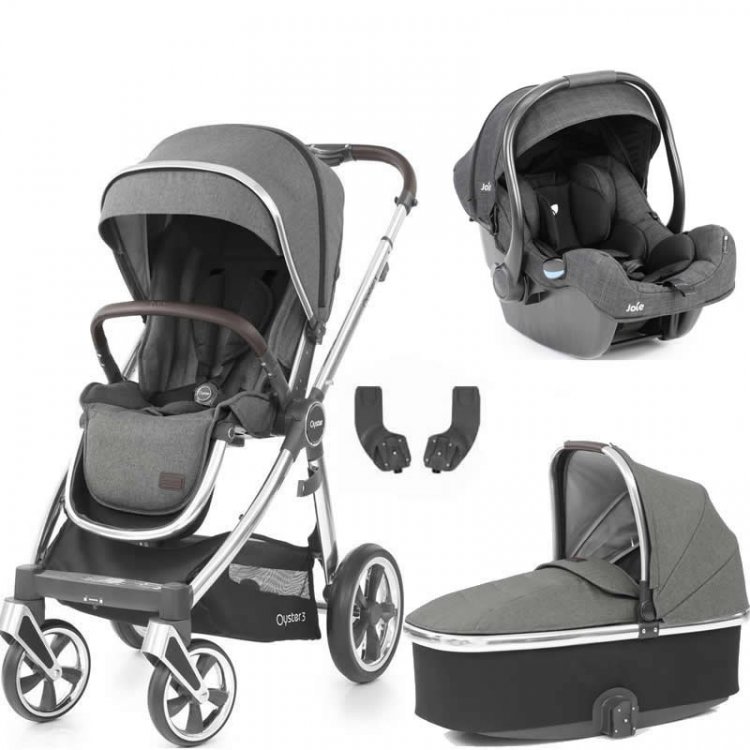
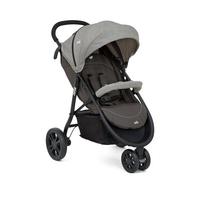
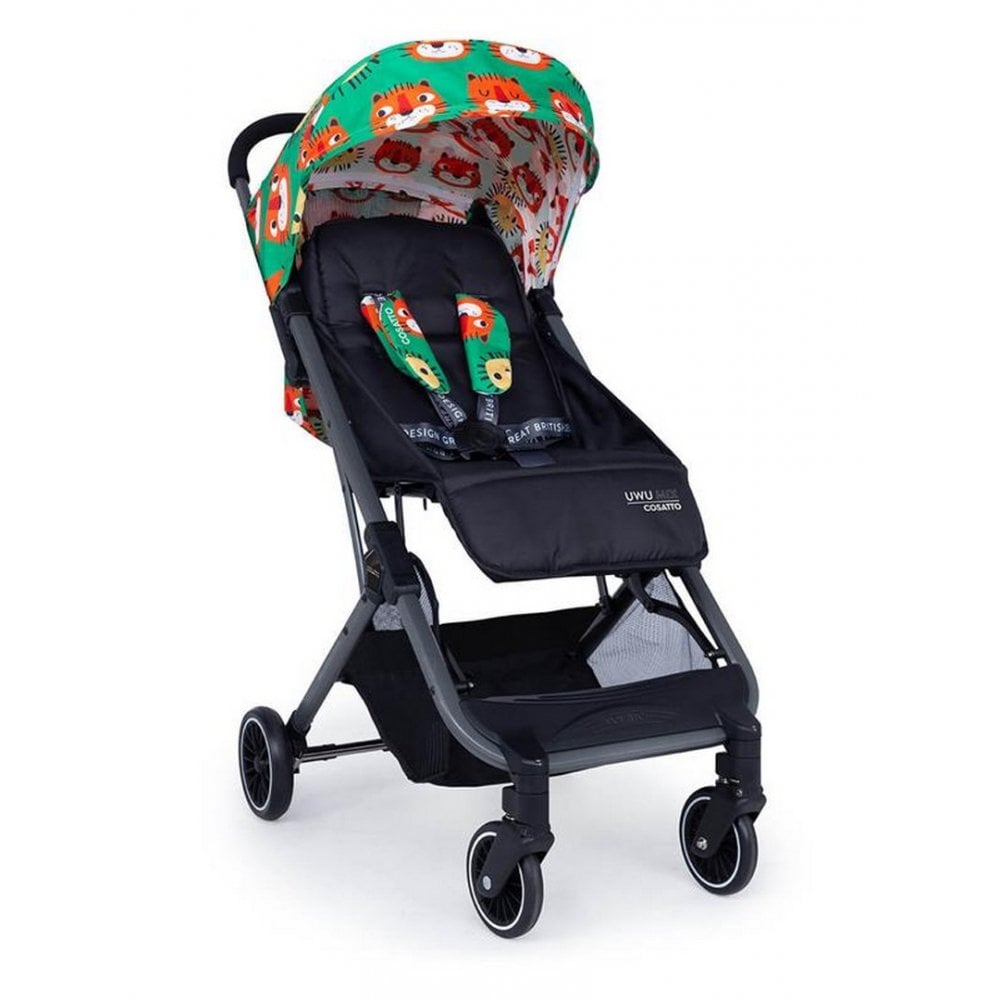
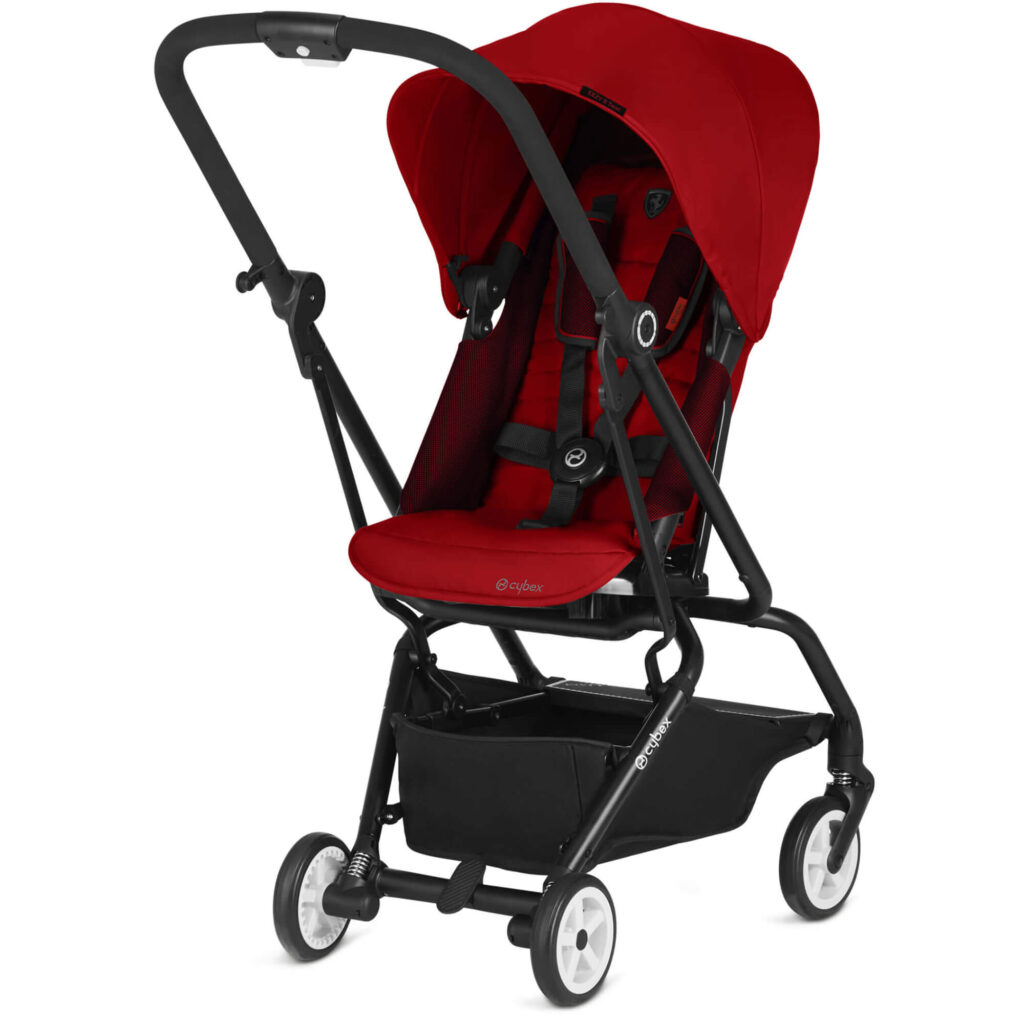
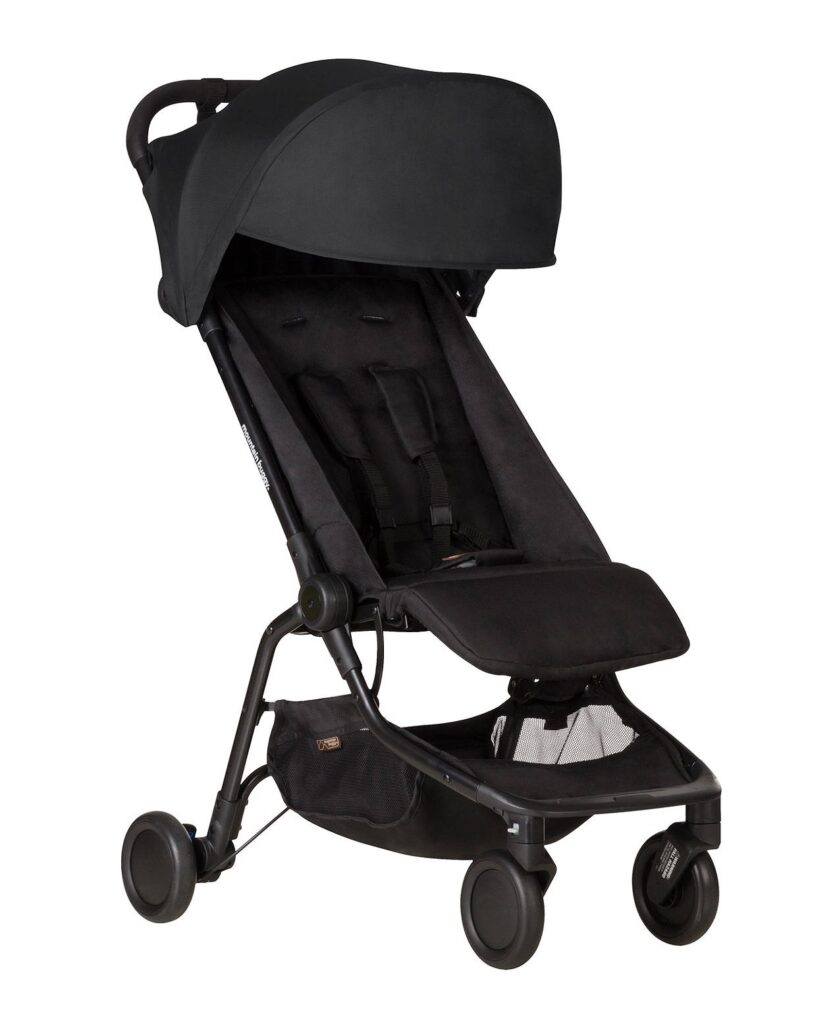
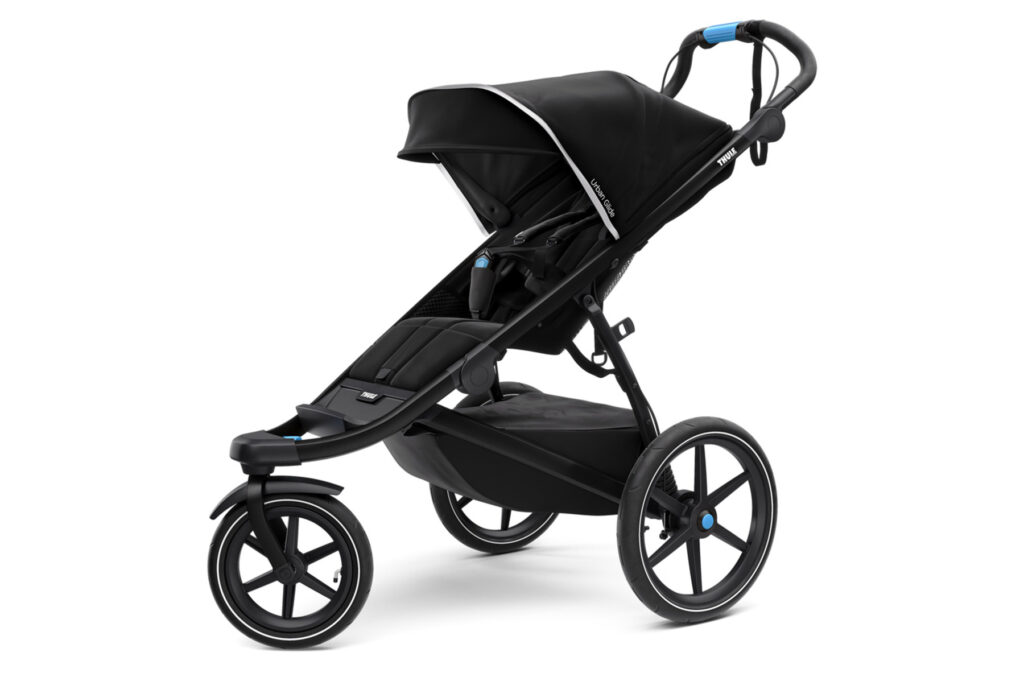
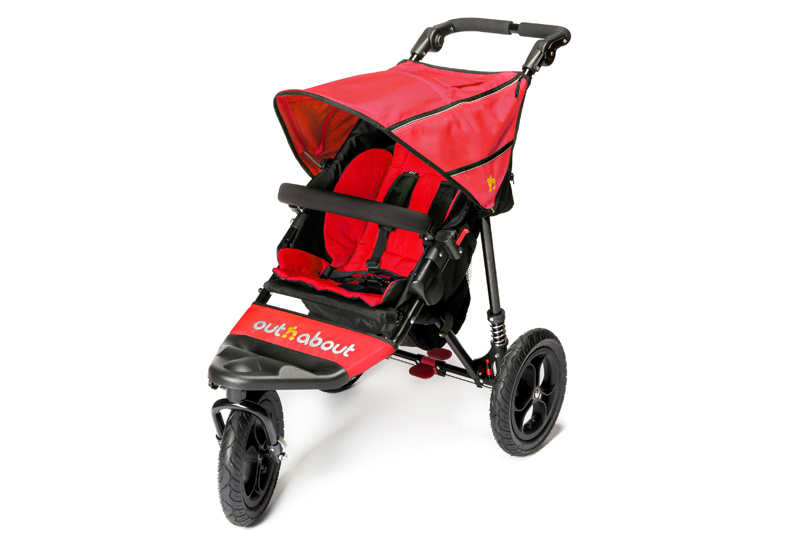
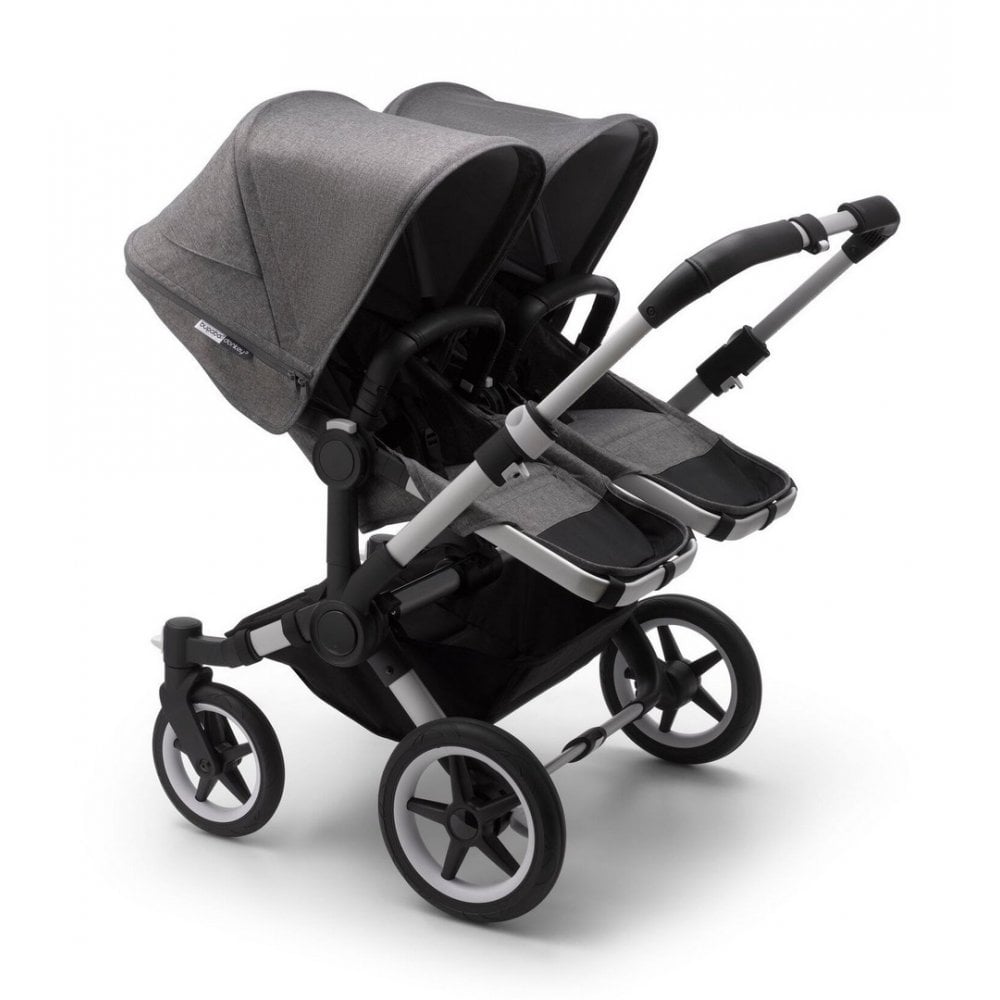
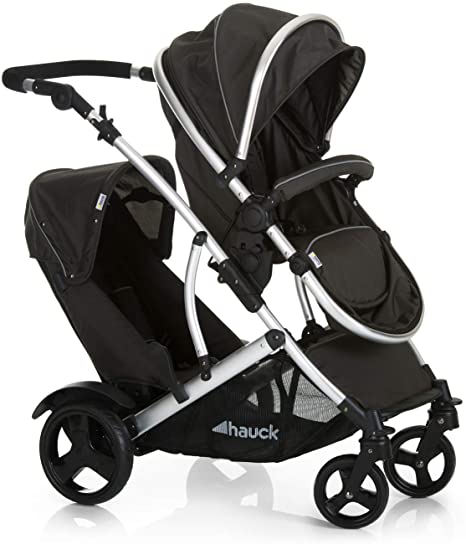





Comments by Hazel Spencer